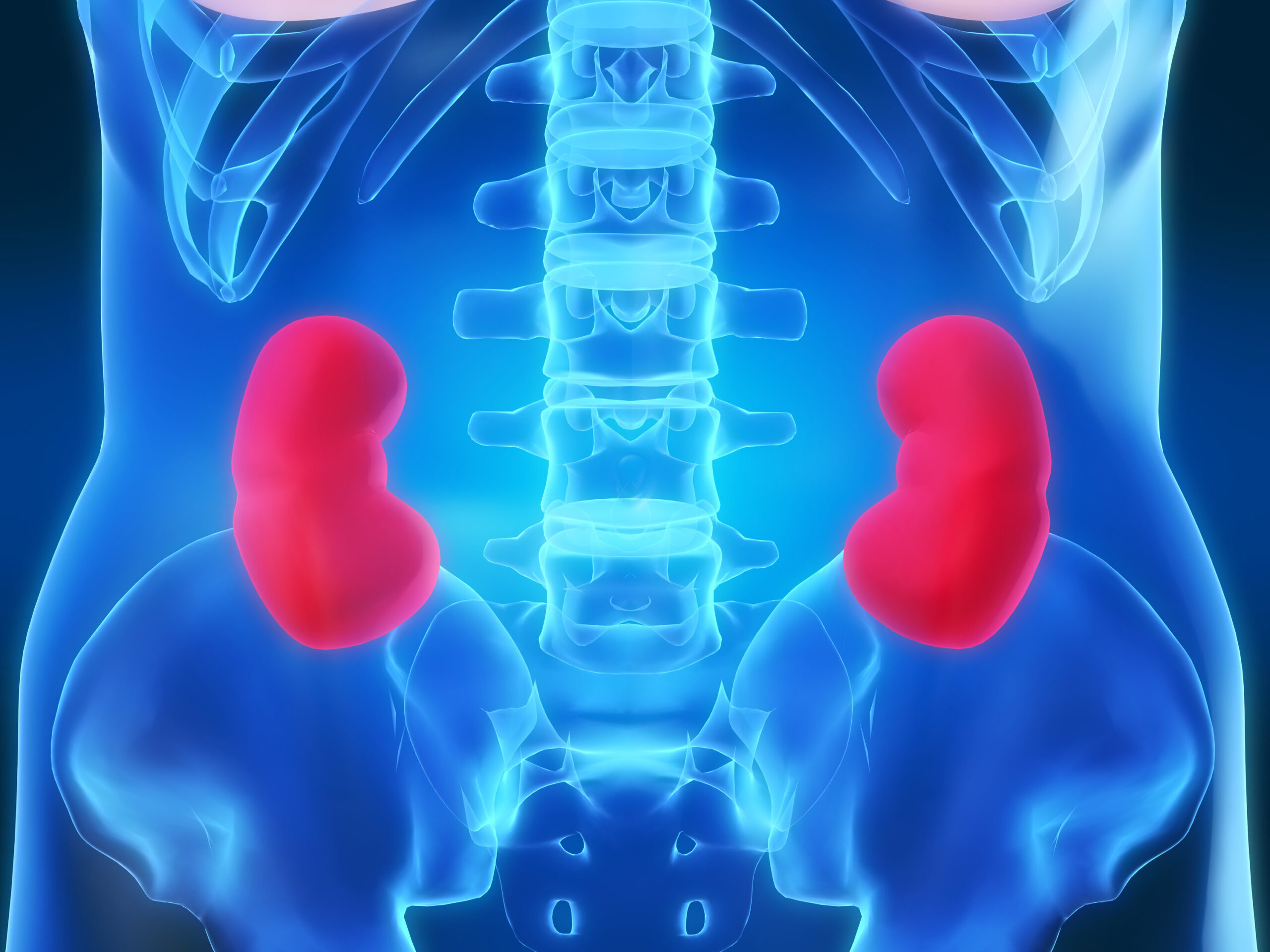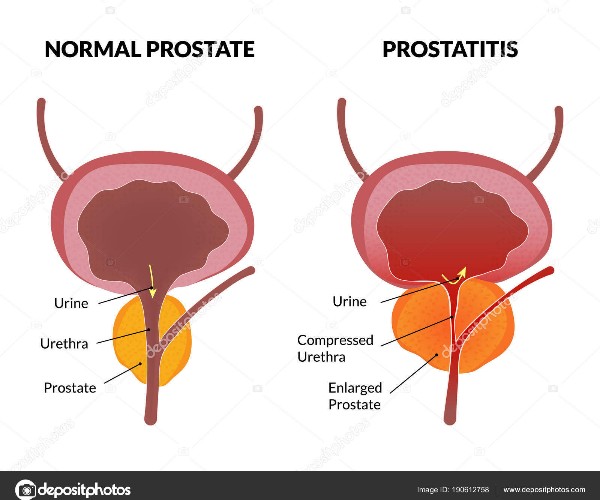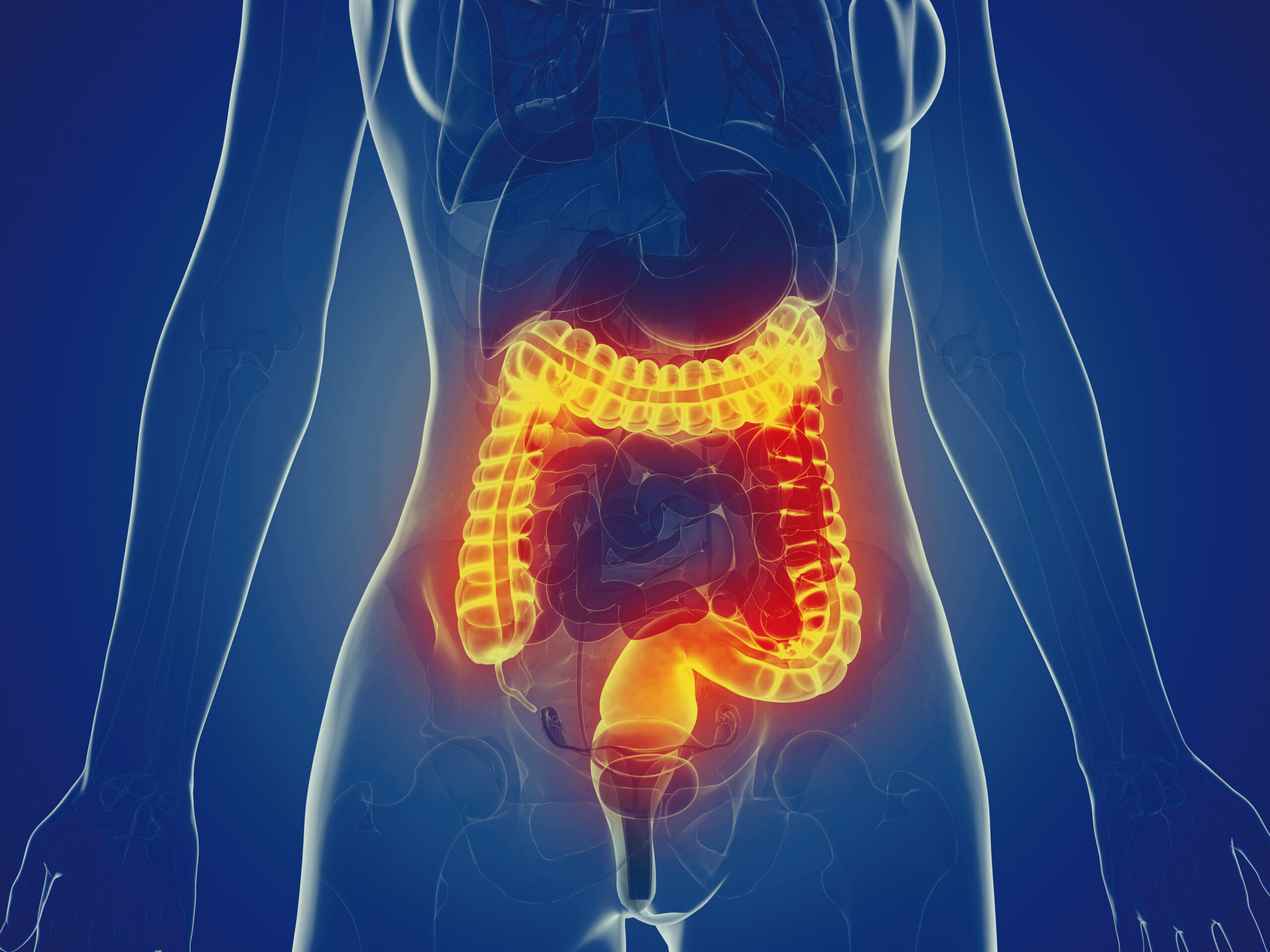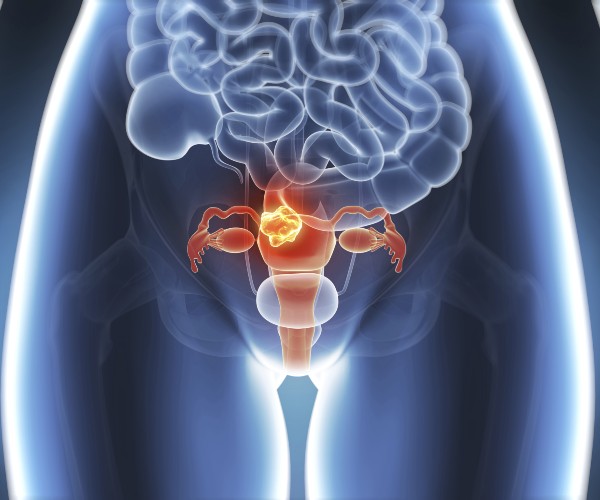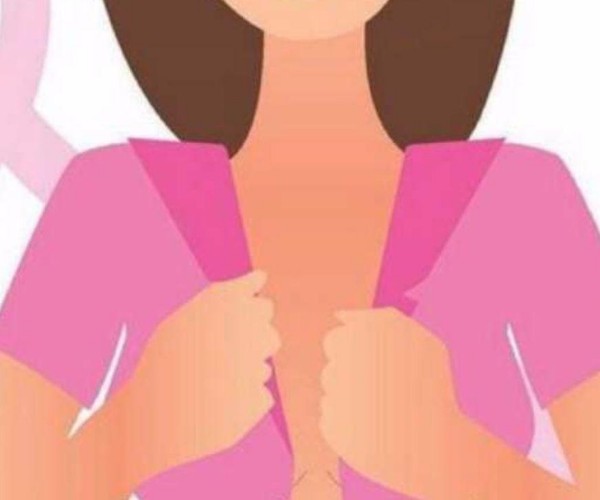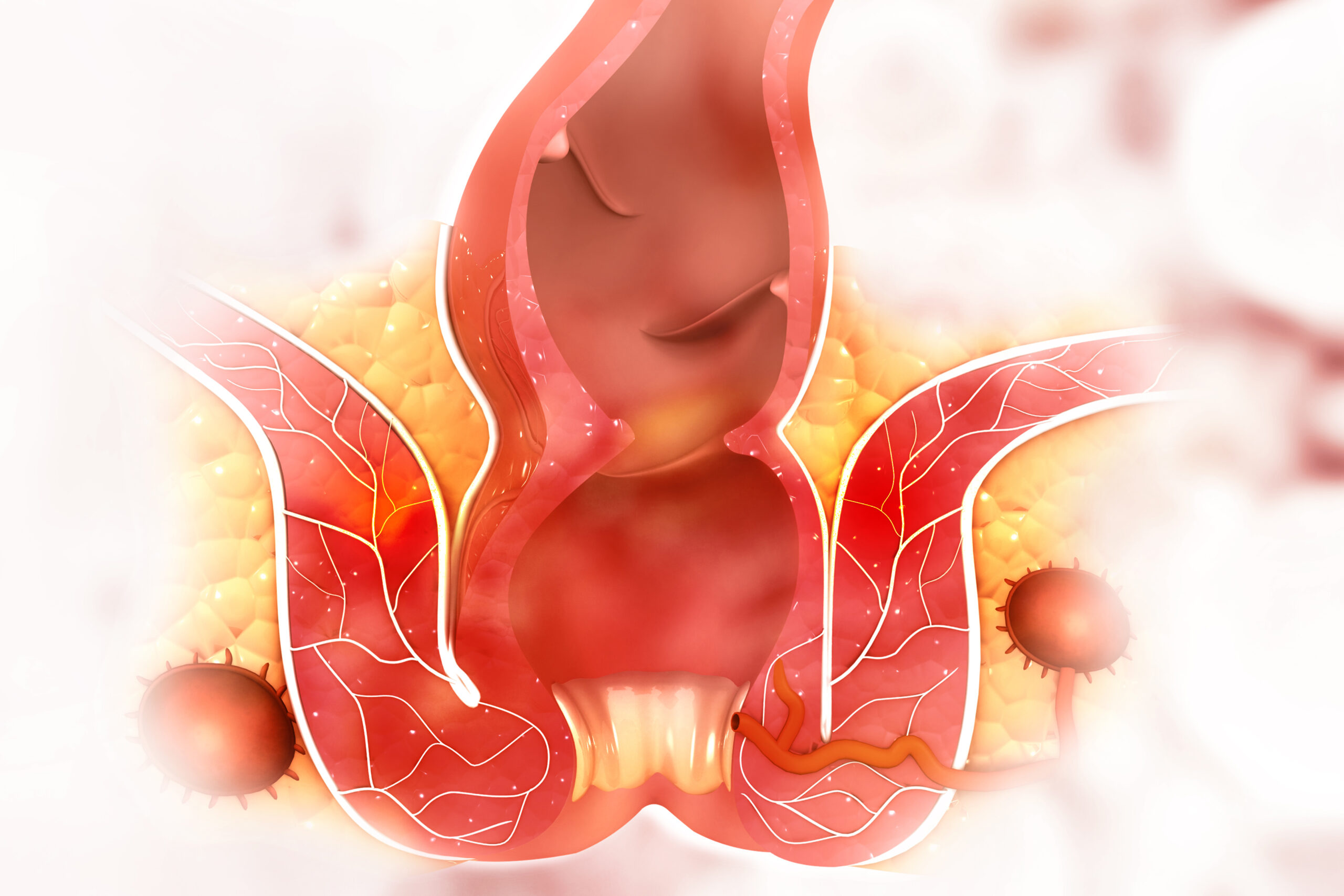At a time when couple infertility is becoming increasingly common and where pregnancies, often late in life, are received almost as an exceptional occurrence rather than as a physiological function that most women are able to cope with without problems, it is quite common for everything related to conception, gestation, and delivery to receive somewhat excessive attention, both from the parents-to-be and from the physicians who have to accompany them on this journey.
However, unless clinical reasons are present to justify special precautions to ensure the well-being of the woman and the child, one should not overdo it with medical checks and interventions if one does not want to risk turning a natural event like pregnancy into a “disease,” taking away some of the pleasure and serenity that should accompany the experience of procreation and birth.
Aware of this trend toward medicalization and in keeping with the spirit of the “Choosing Wisely Italy – Doing More Doesn’t Mean Doing Better” initiative, the Association of Italian Hospital Obstetricians-Gynecologists (AOGOI) has developed “
5 Recommendations”
to support appropriate, safe and respectful obstetrical care for women, especially with regard to labor, cesarean section and umbilical cord clamping. The recommendations were presented at the National Congress of Gynecology and Obstetrics, held Oct. 27-30 in Naples, and include the following.
1) Do not clamp (i.e., cut and tie) the umbilical cord early,
but wait at least one minute after the infant’s expulsion to encourage the passage of blood from the placenta, strengthening the infant’s iron stores and reducing the risk of necrotizing colitis, a gastrointestinal illness that can prove fatal. Delayed cord cutting does not increase a woman’s risk of postpartum hemorrhage and reduces mortality in very preterm births (before 32 weeks).
2) Do not perform routine episiotomy
To facilitate the passage of the baby. According to AOGOI gynecologists, incision of the perineum in the final stage of labor is an overused procedure with no benefit to the woman, as it requires the application of painful stitches, is associated with the risk of infection, and hinders the resumption of sexual intercourse after delivery. For these reasons, episiotomy should be performed only when there is a real clinical need, such as expediting expulsion in cases of fetal distress.
3) Do not induce labor before 39 weeks.
The induction of labor involves the medicalization of an entirely physiological event and can cause adverse events, including an increased need for cesarean section delivery. For these reasons, induction of labor should also be performed only when conditions are present that jeopardize the continuation of the pregnancy and/or may pose a danger to the well-being and safety of the fetus or mother.
4) Do not schedule routine cesarean section in all women with previous cesarean section.
In contrast to the established trend, AOGOI gynecologists refute the “once a cesarean always a cesarean” rule as having no scientific basis. In contrast, available data indicate that women who have previously delivered by cesarean section and admitted to labor at a subsequent pregnancy have a lower mortality risk than women undergoing a second scheduled cesarean section (3 vs. 13 per 100 thousand). Therefore, the choice of the most appropriate and safe mode of delivery should be evaluated with each new pregnancy.
5) Do not force fasting or prohibit fluid intake for women in labor.
In physiological pregnancies (i.e., not associated with specific diseases or criticality), fluid intake is not contraindicated and does not increase the risk of complications if general anesthesia is used during delivery. Thus, there is no good reason to prevent the woman from drinking.
“As the World Health Organization (WHO) recalls,” stressed Elsa Viora, AOGOI President, “gestation and childbirth are experiences that should be lived with serenity and, in the presence of a physiological pregnancy, that is, without risk factors, should be medicalized as little as possible. Labor and delivery are, without a doubt, emotionally delicate circumstances in which, more than others, the woman needs to feel protected, reassured and respected. This is the commitment made on a daily basis by the health workers, gynecological doctors and midwives involved in the birth and delivery pathway, which is based on dialogue, trust and the empathic relationship built over time with the woman, which are necessary to arrive at informed and shared choices.”
Source: Association of Italian Hospital Obstetrician-Gynecologists (AOGOI)(www.aogoi.it/notiziario/il-congresso-20192-stop-ai-cesarei-di-routine-nelle-donne-con-pregresso-cesareo-ecco-la-carta-dell-appropriatezza-per-il-parto/)
















